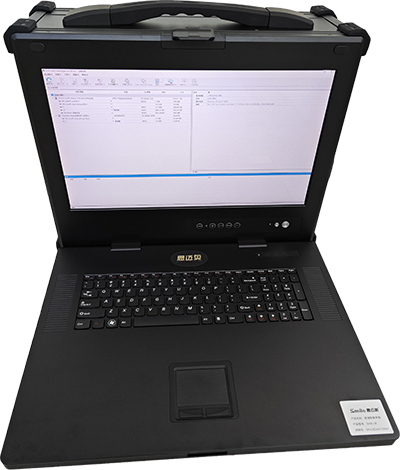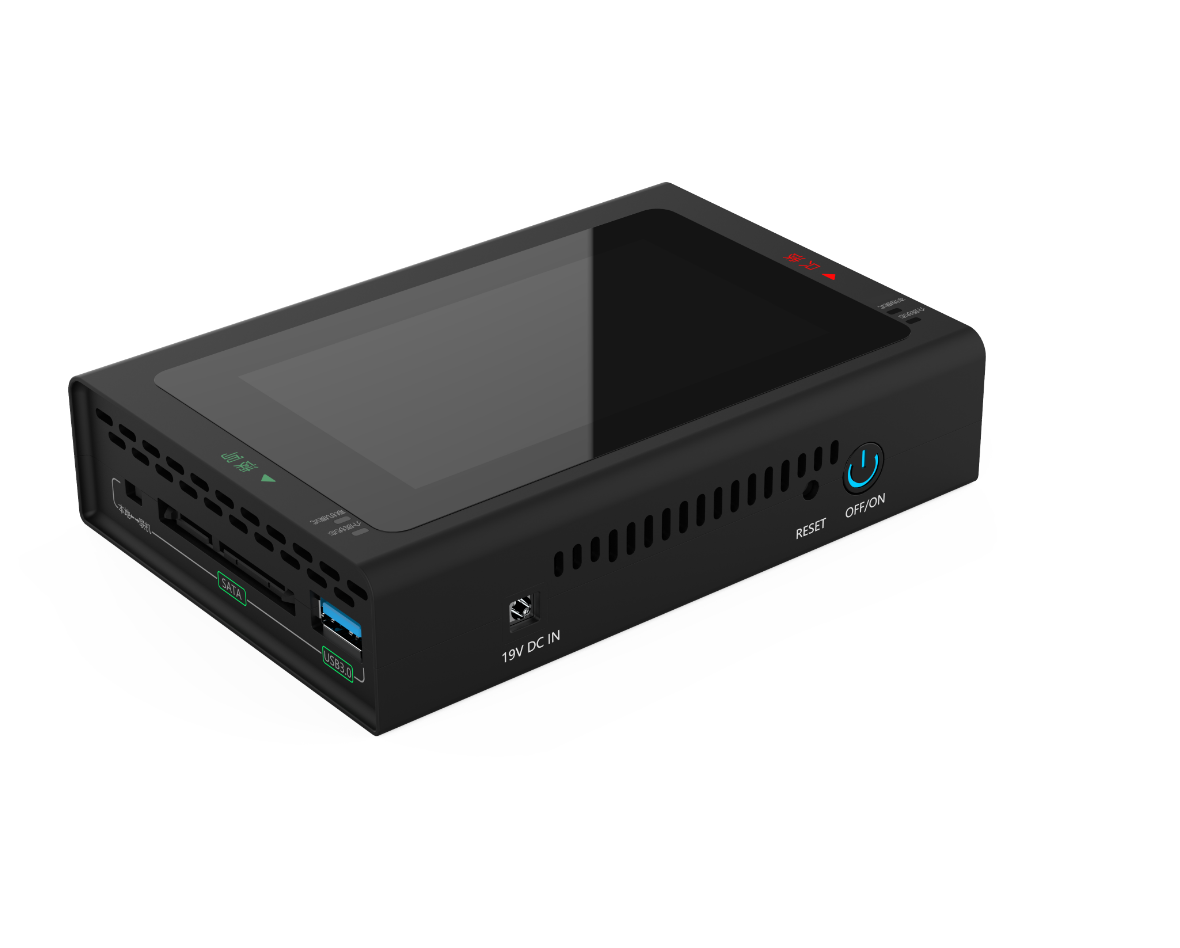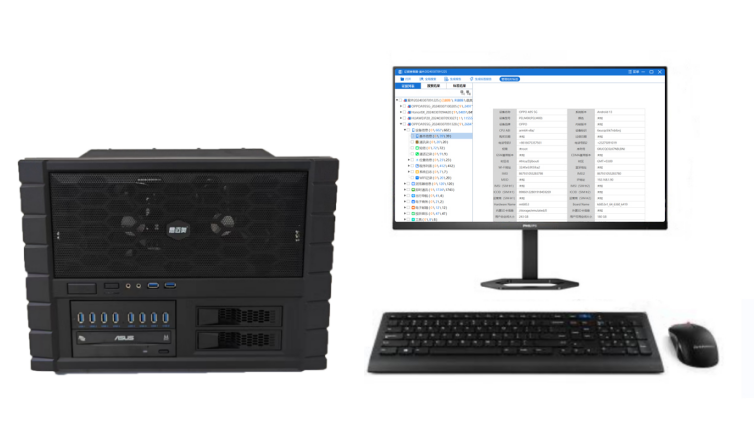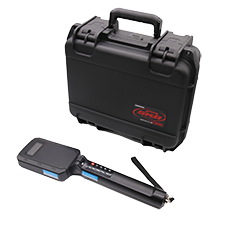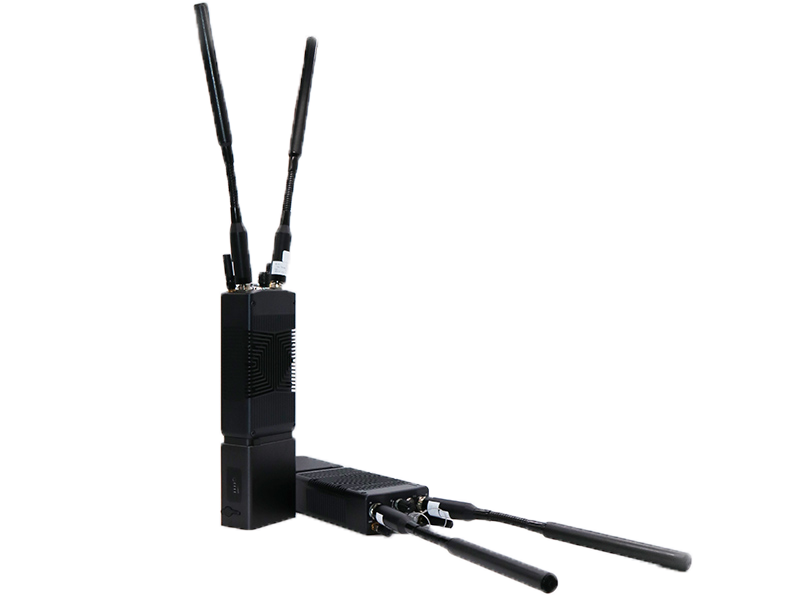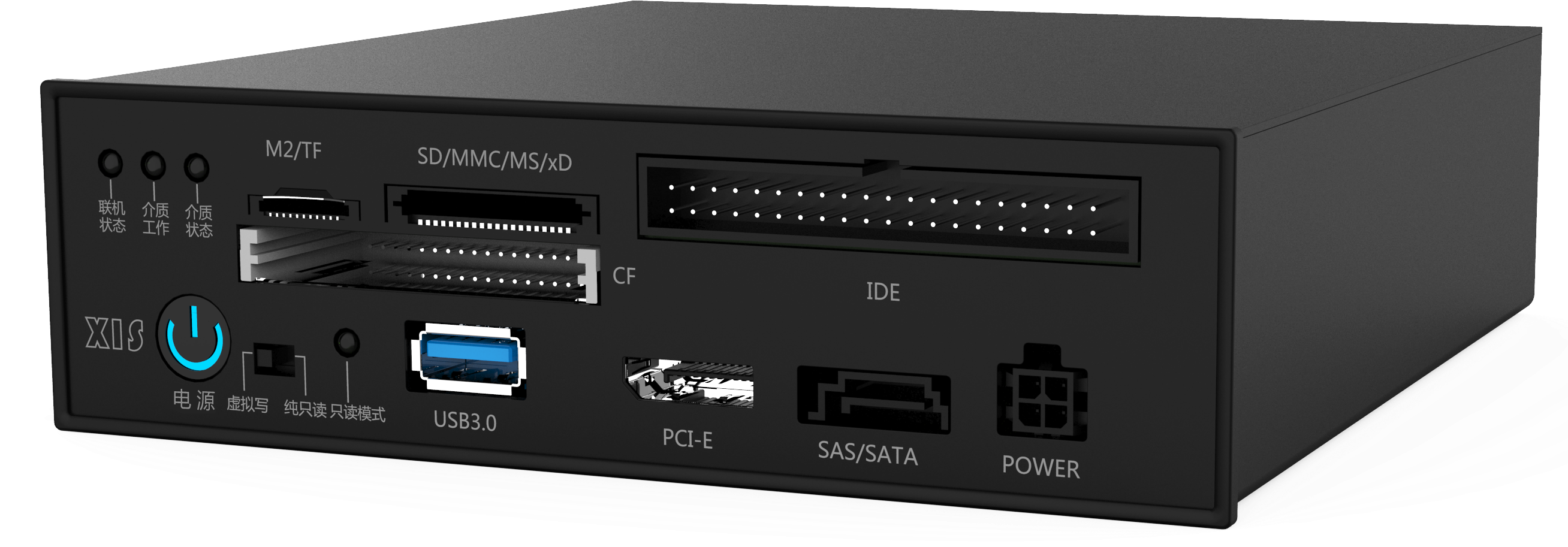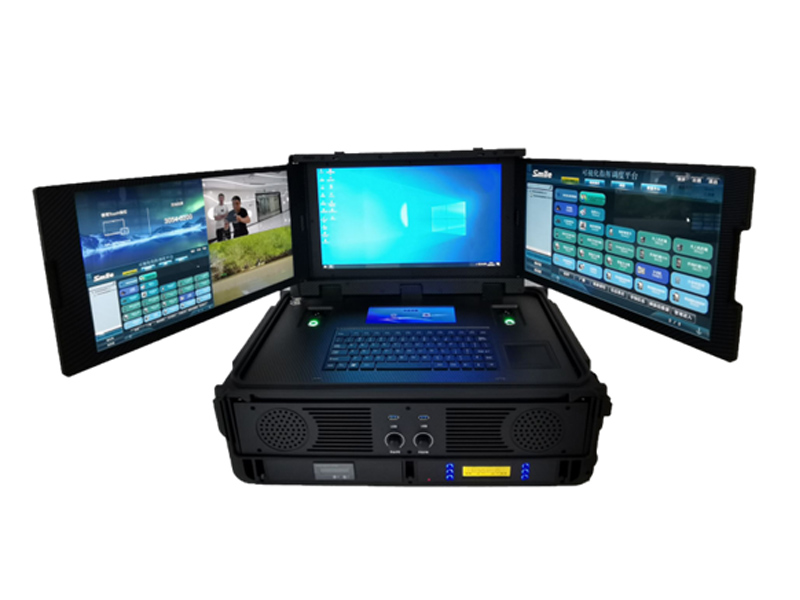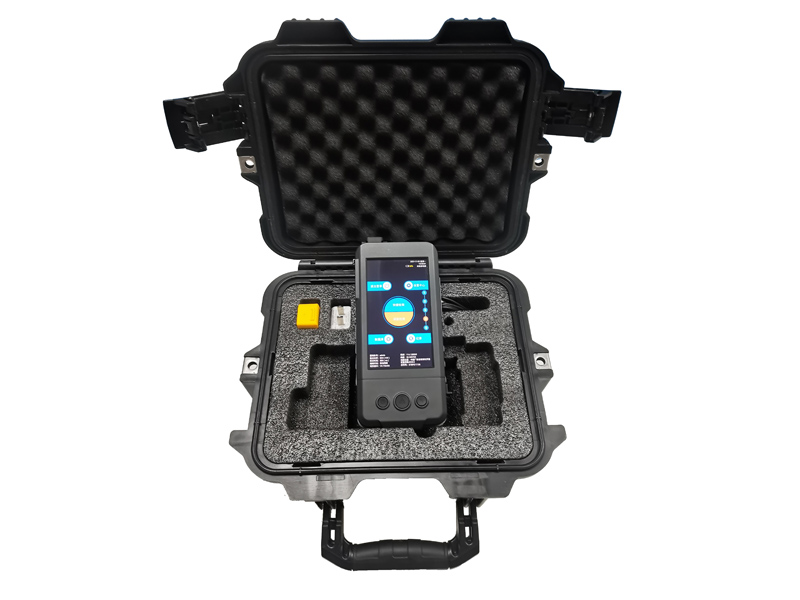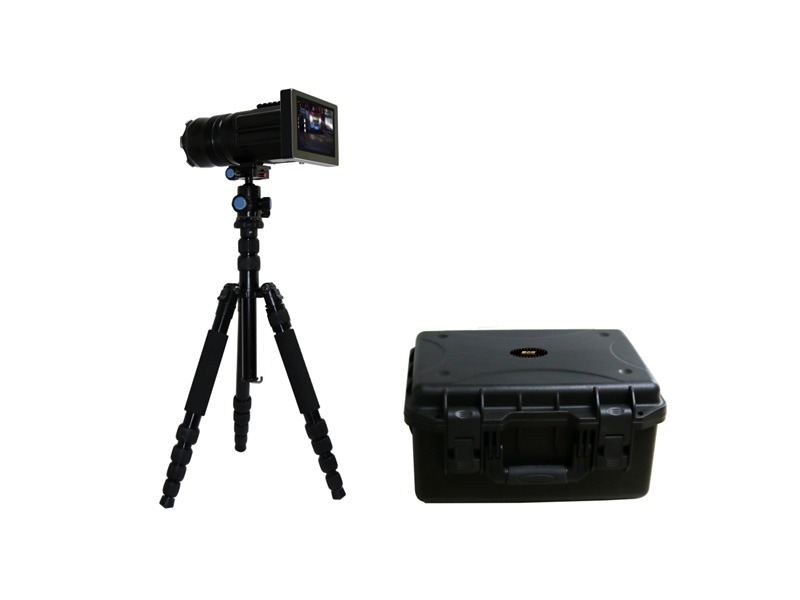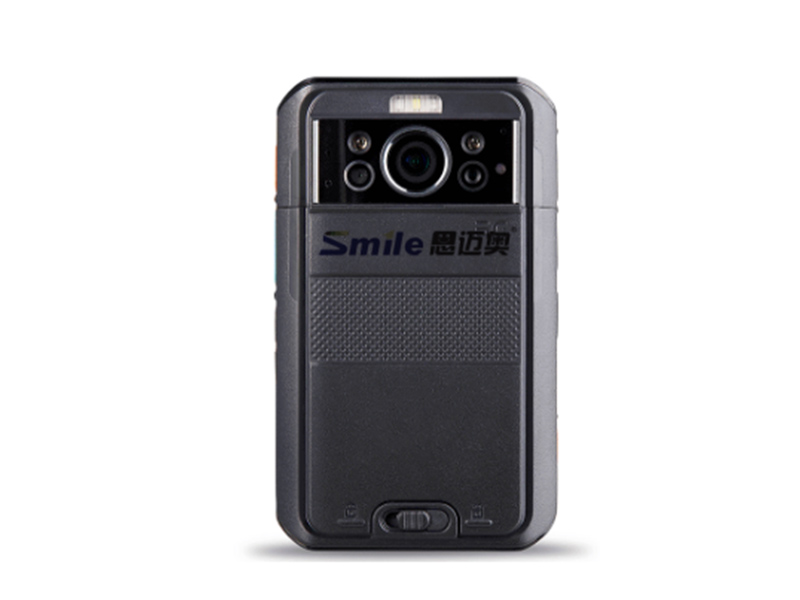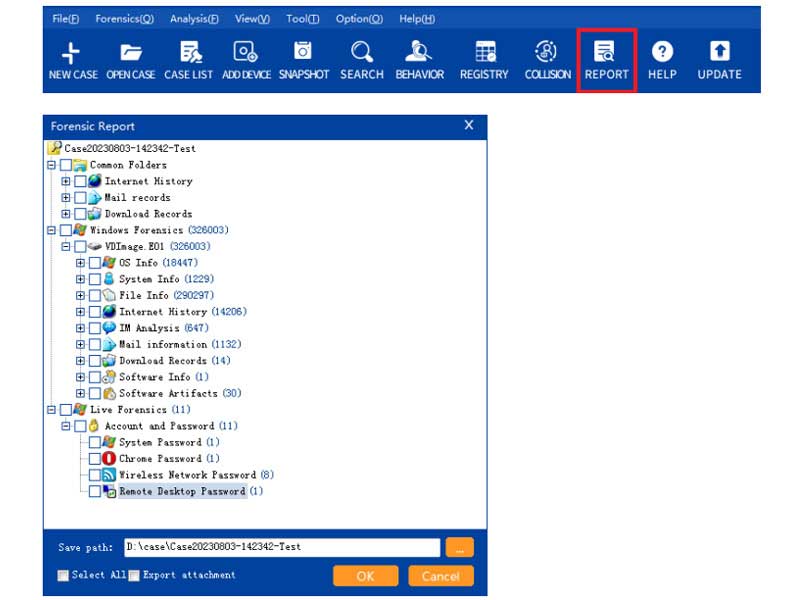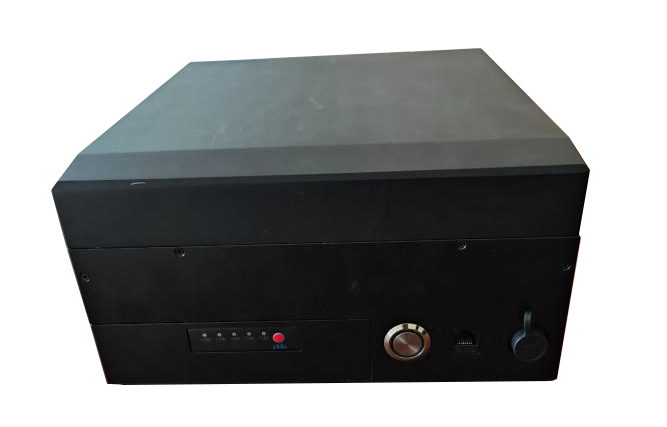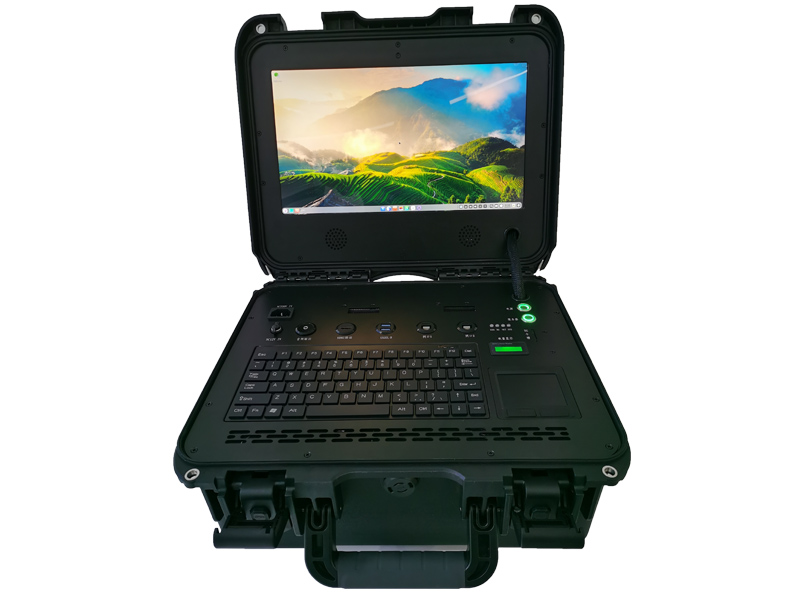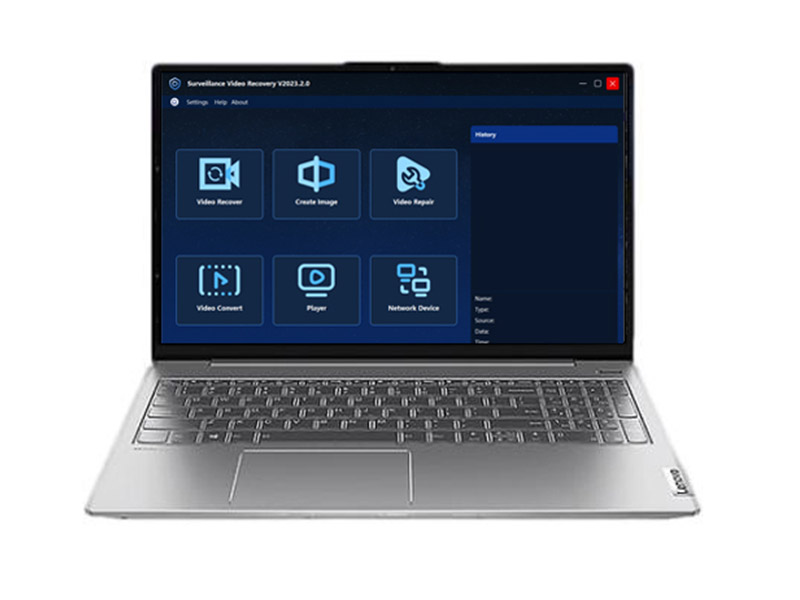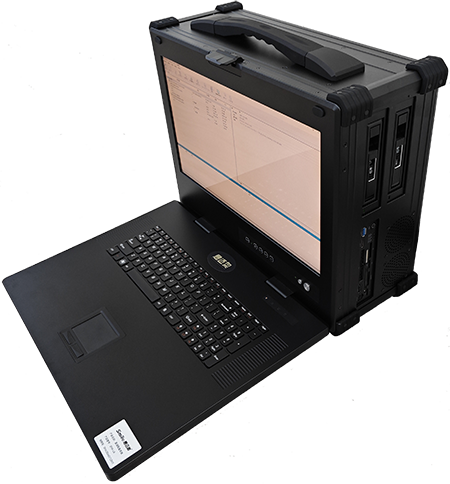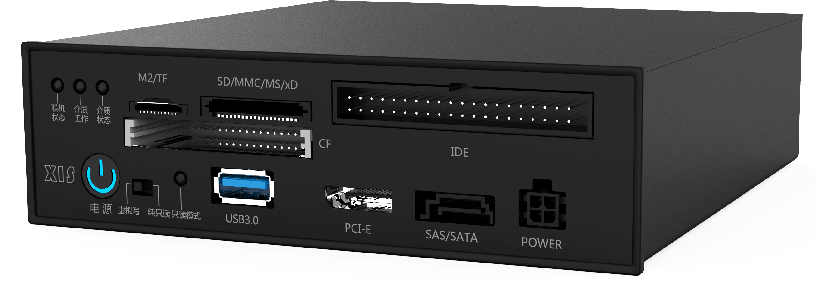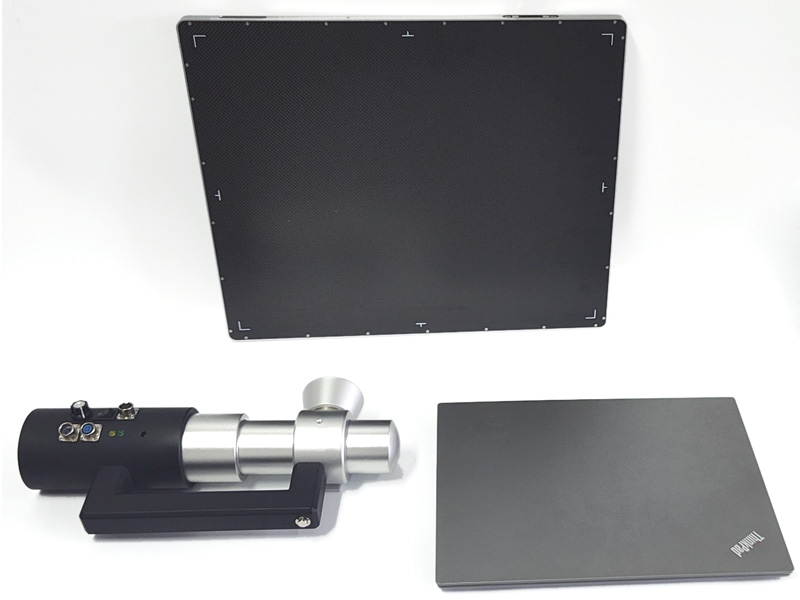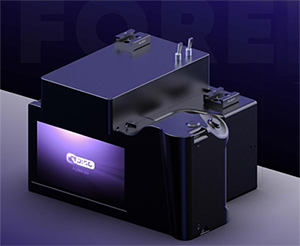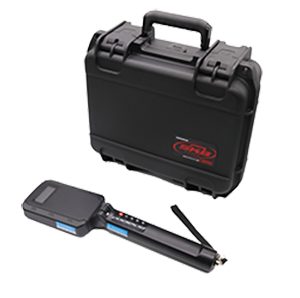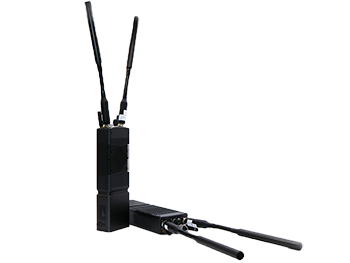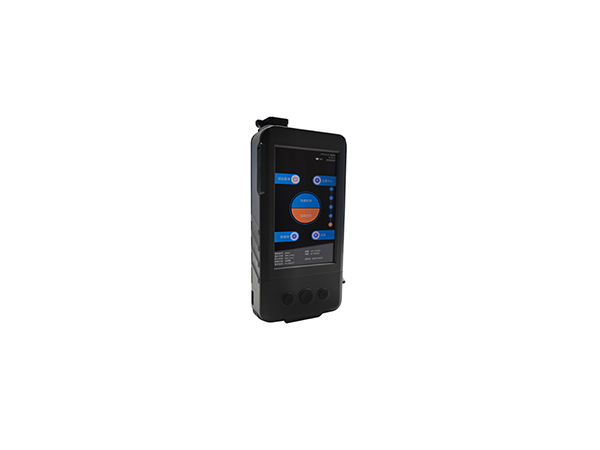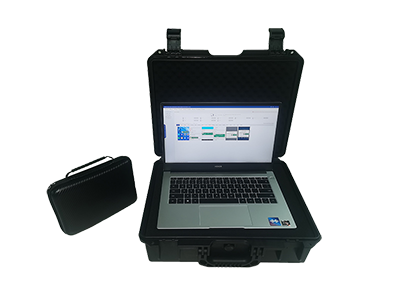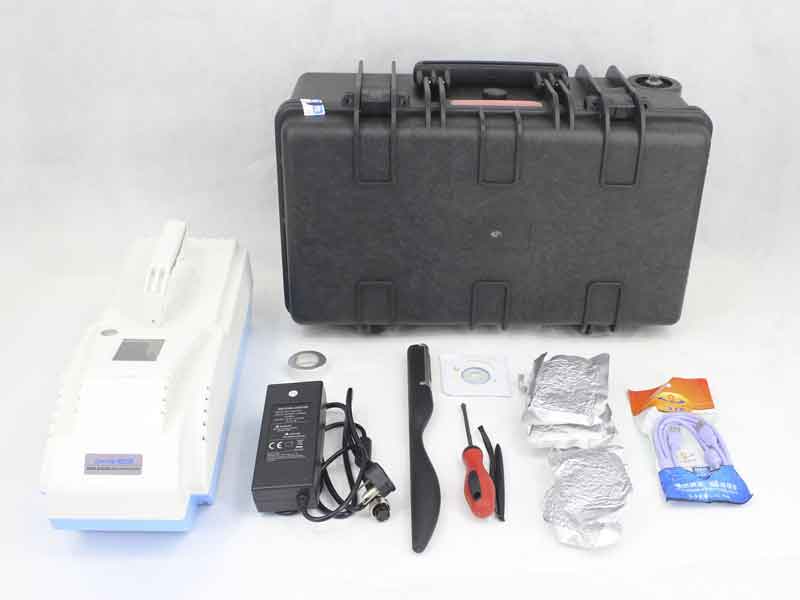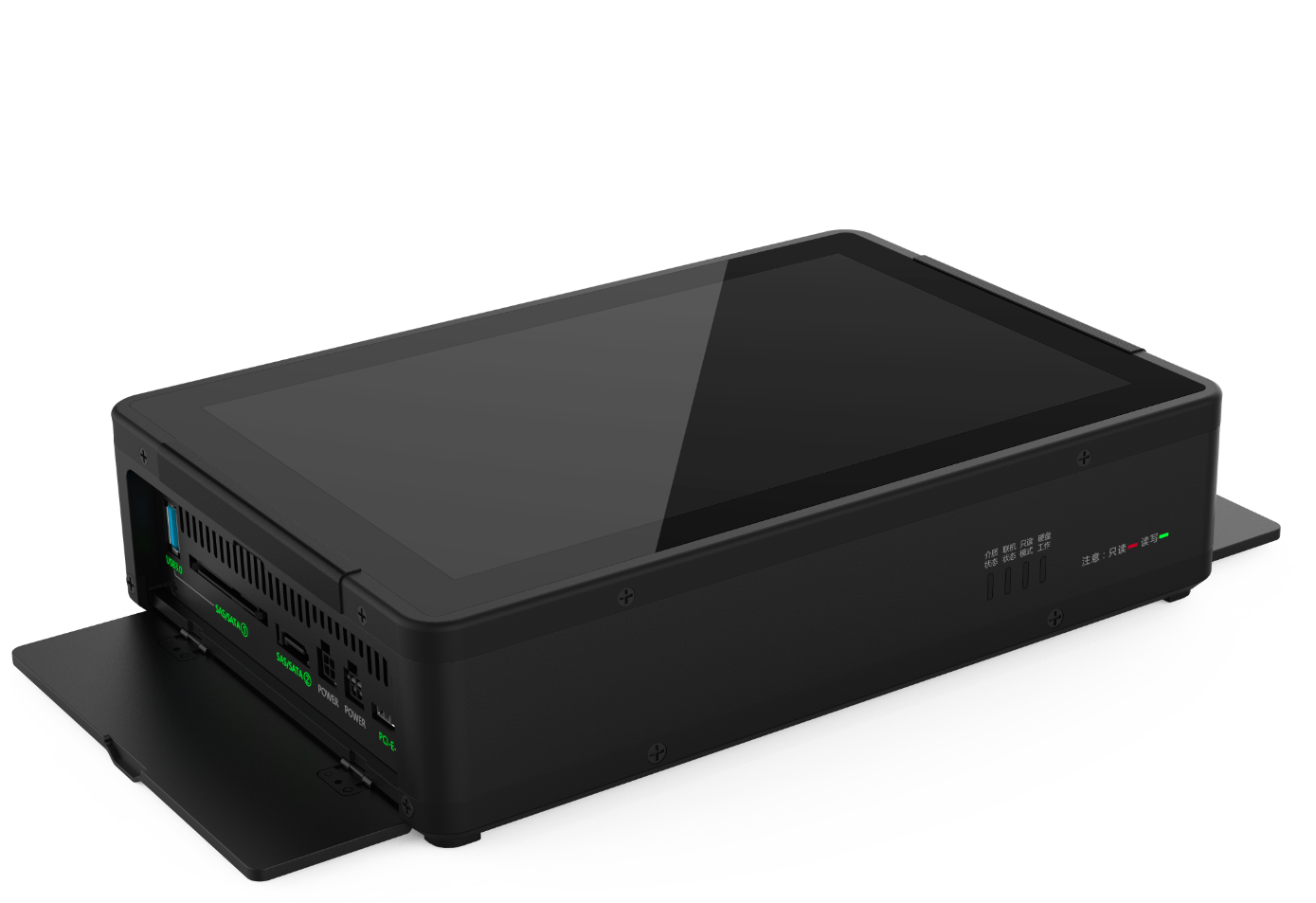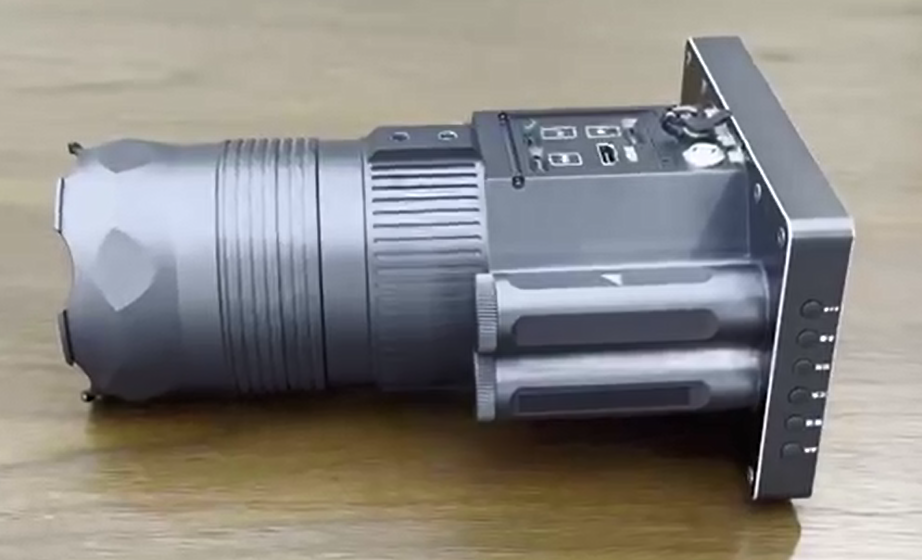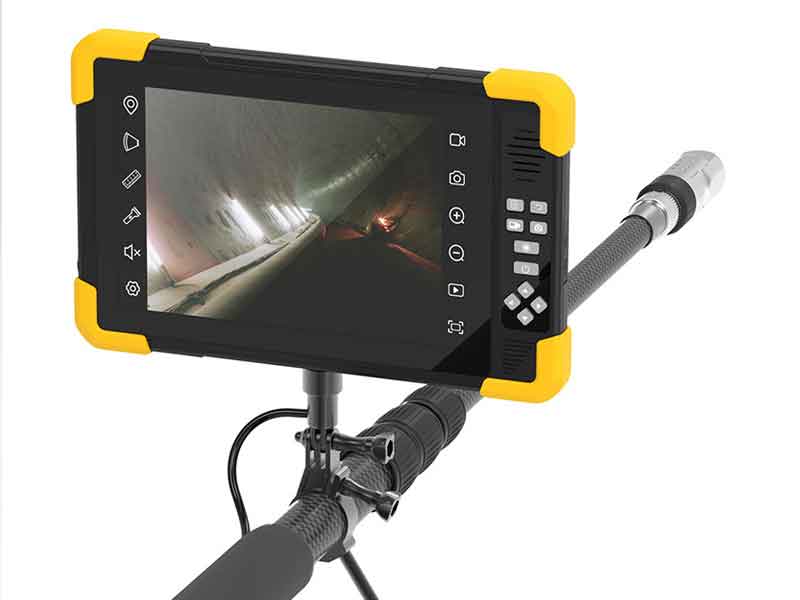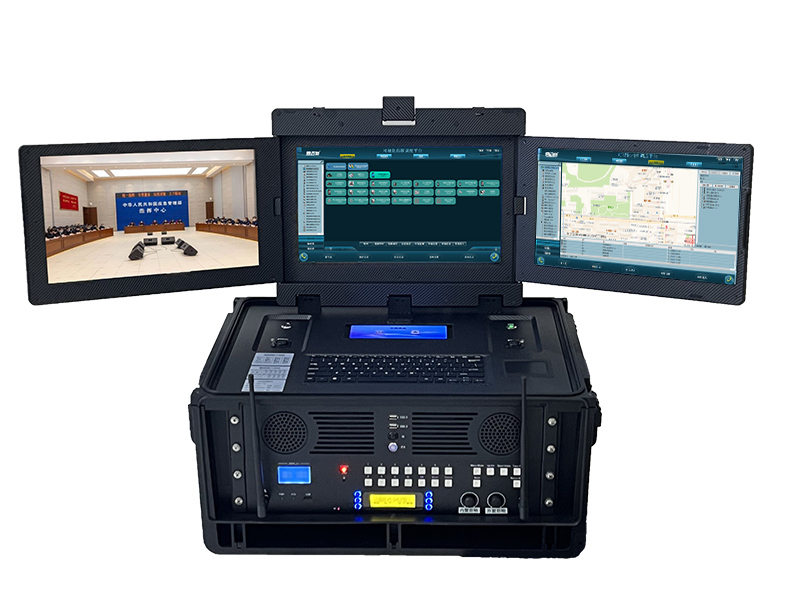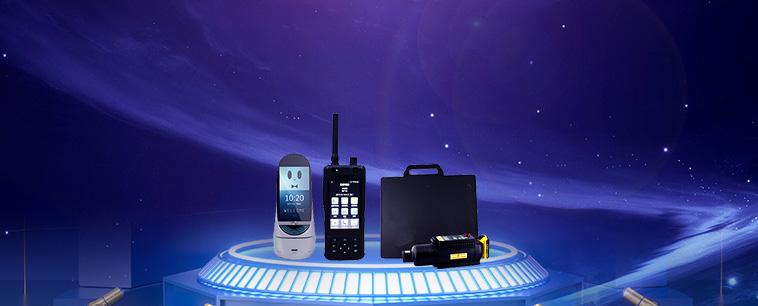2025-08-08 Browsed: Time
2025-08-08 Browsed: Time
Seismic Monitoring instruments—commonly referred to as aftershock detectors or earthquake early warning devices—play a critical role in post-earthquake scenarios. While the main quake often causes the most destruction, aftershocks can continue for days or weeks, posing further danger to rescue personnel, critical infrastructure, and survivors.
These instruments detect microseismic activity, monitor ground vibrations, and provide real-time alerts, allowing emergency response teams to make informed decisions quickly. Their deployment helps prevent secondary disasters and improves rescue coordination.
Modern seismic monitoring instruments use high-sensitivity sensors to capture seismic waves across multiple directions. By transmitting real-time data to centralized systems, they allow authorities to:
l Monitor aftershock patterns
l Identify unstable zones
l Schedule rescue missions more safely
l Prevent further structural collapses
In one major rescue mission following a strong earthquake, emergency teams deployed portable seismic monitors across the disaster zone. These devices quickly detected multiple aftershocks and unstable ground zones. Thanks to the alerts, rescuers avoided high-risk areas, minimizing casualties and improving efficiency.
Seismic instruments were installed around a damaged power facility after a significant tremor. The devices helped engineers monitor real-time vibrations to assess whether the structure could withstand additional shocks. Based on the data, authorities evacuated nearby personnel in time and prevented a potential secondary disaster.
In a mountainous area hit by a moderate earthquake, monitoring devices were used to determine whether landslides might occur during aftershocks. Continuous data allowed decision-makers to plan evacuation routes and prioritize recovery work, greatly reducing risk to residents and workers.
Without reliable seismic monitoring tools, emergency responses would rely largely on visual inspection and manual assessments—both risky and time-consuming. By contrast, these instruments offer:
l Faster situational awareness
l Improved safety for rescue teams
l Reduced damage through early warnings
l Scientific data for long-term risk analysis
At Smile, we offer high-precision seismic monitoring systems that are portable, rugged, and optimized for real-world emergency use. Whether it’s for national disaster response agencies, local emergency teams, or infrastructure managers, our solutions provide dependable data when it matters most.
Contact today to learn more about our seismic monitoring systems and how they can support your earthquake preparedness and response strategies.

